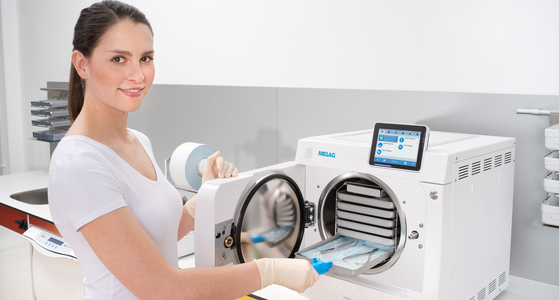Compositional Analysis & Material Identification
Compositional analysis and materials identification methods can be used to determine the components of an unknown material, to confirm the identity of a suspect material and to identify differences between similar materials. An unknown component can often be the underlying cause of difficult problems, so identifying the presence of unexpected material is very important. Atomic Echo Labs has developed expertise in identifying and characterizing unknowns through the use of individual and combined compositional analysis techniques in conjunction with expert data interpretation.
Atomic Echo Labs scientists have identified many types of materials found in (or on) coatings, plastics, food, consumer products, chemicals, pharmaceuticals, medical devices, semiconductors, consumer products, additives, adhesives and more. Our labs have identified such materials as:
- Unknown residues on a surface
- Unknown particles
- Unknown organic and inorganic materials
- Unexpected foreign materials
- Unknown additives or surfactants

Once we determine the chemical nature of the material, it may become important to gain a better understanding of the composition through further material characterization. Armed with this information, we are able to help our clients to:
- Determine the potential source of the identified material
- Compare the chemistries of two different materials
- Confirm the identity of a suspected material
- Identify a material from a potential competitor or new vendor of the product
The technique of choice for compositional analysis depends on many factors:
- What is known about the sample already?
- What needs to be quantified (major elements, minor elements, chemical components or molecular/organic components)?
- Is this a surface, bulk or layer analysis?
- Can destructive test methods be used?
- Is the sample unique?
To understand a product’s formulation, Atomic Echo Labs’s reverse engineering (deformulation) services help clients learn about their product’s chemical composition. Learn more about deformulation.
Surface Analysis
Elemental and chemical surface compositions are best measured using quantitative techniques with shallow information depths (<100 Å), such as Auger Electron Spectroscopy (typically conductive materials only) or X-Ray Photoelectron Spectroscopy (all materials).
Bulk Analysis
Bulk composition is best determined with techniques that have large/deep information depths that ignore potential compositional variations at/on surfaces. Depth-specific information is typically not available with these methods. X-ray Fluorescence (XRF) and Inductively Coupled Plasma Optical Emission Spectroscopy (ICP-OES) are the most relevant techniques that can quantify both major and minor elemental components. Fourier Transform Infrared Spectroscopy (FTIR) and Raman Spectroscopy are well suited to identify plastics, polymers and other organic materials.
Thin Layer Analysis
Techniques for analyzing thin layers and films depend upon the information needed and sample characteristics. For the quantitation of known major elements in a thin film, Rutherford Backscattering Spectrometry (RBS) is the technique of choice. If the major components of a film of interest are not known, X-ray Photoelectron Spectroscopy (XPS) is a good option. Auger Electron Spectroscopy (AES) may be used if the analysis area is restricted in size (and also conductive). Secondary Ion Mass Spectrometry (SIMS) has a range of applications for high precision compositional measurement of semiconductor thin films. Fourier Transform Infrared Spectroscopy (FTIR) and Raman Spectroscopy are well-suited for obtaining chemical or molecular information from organic films.
